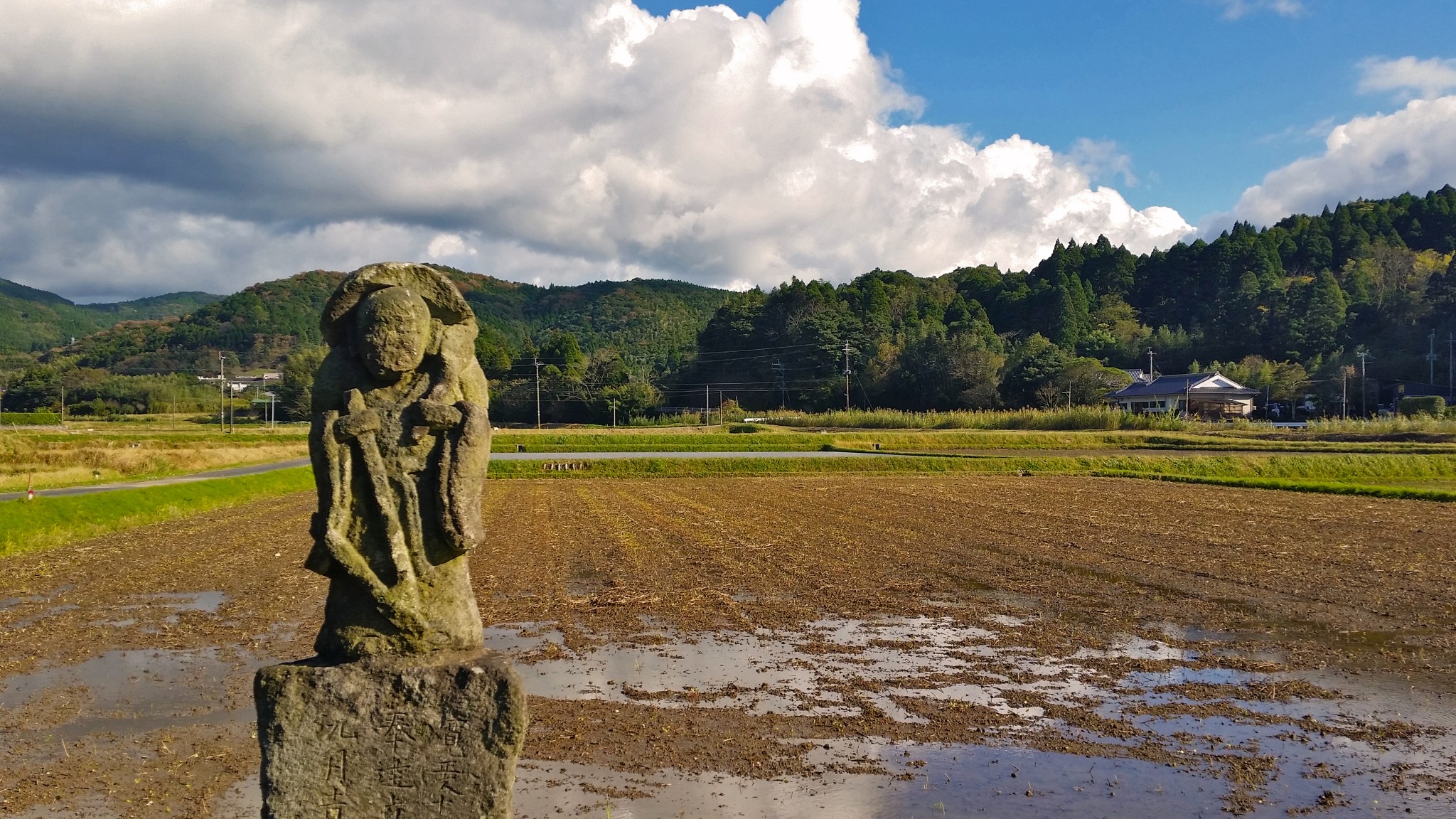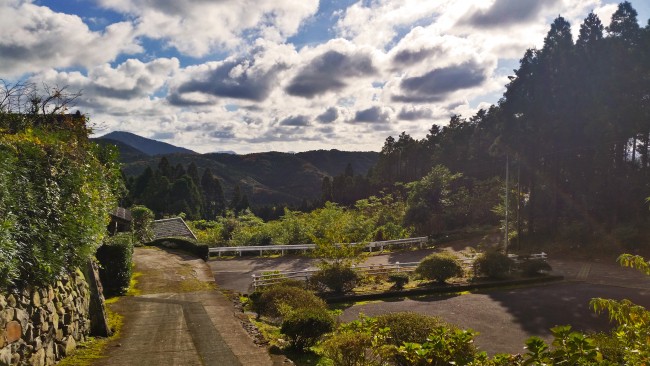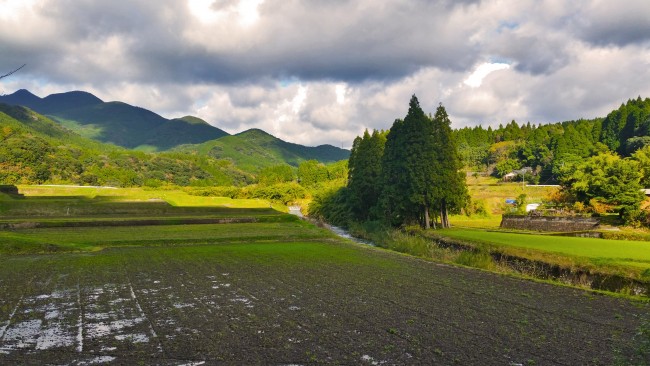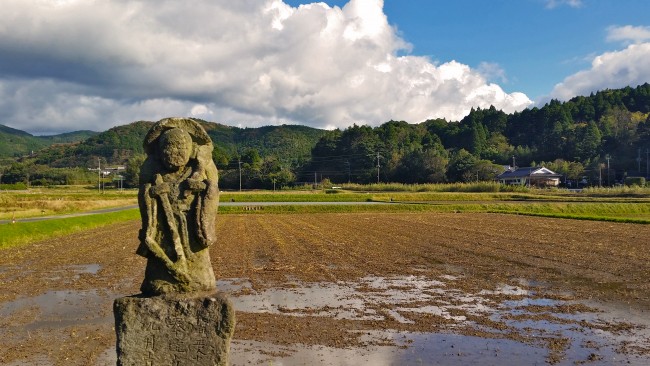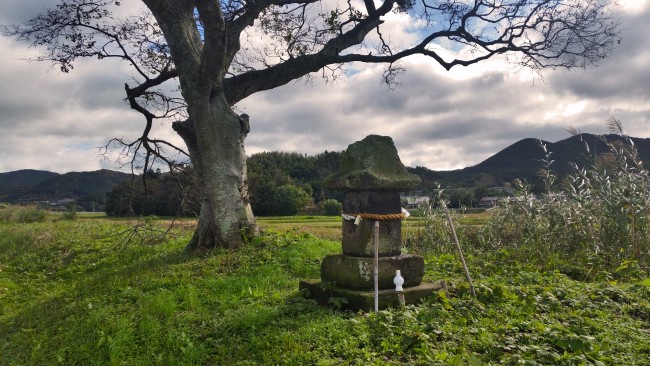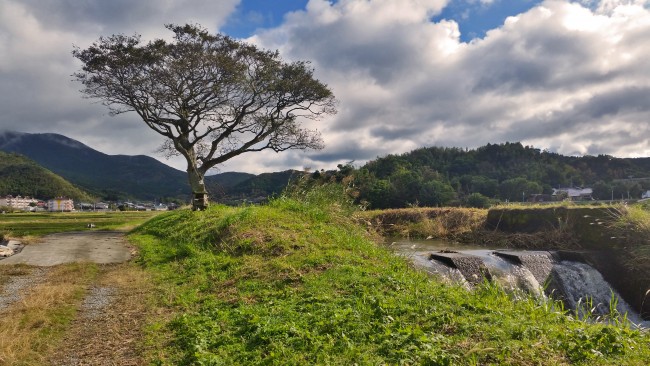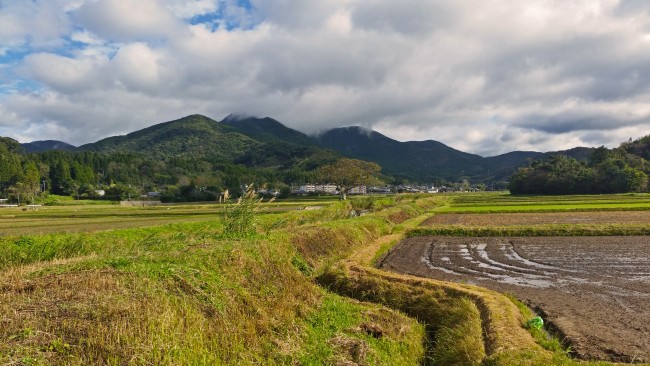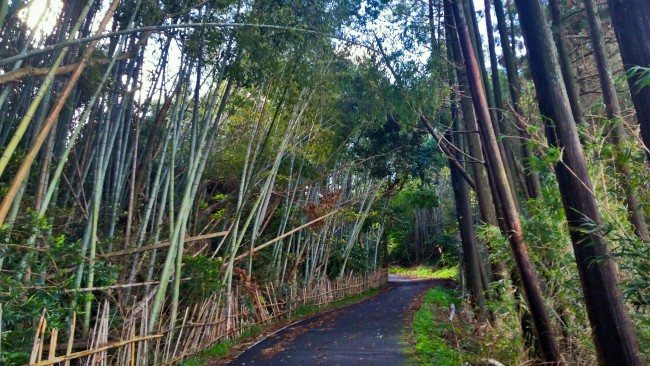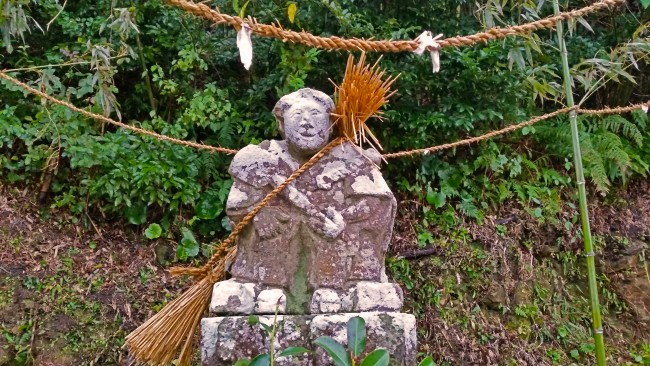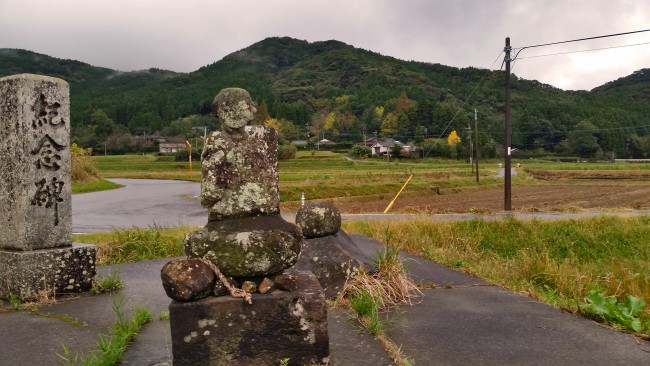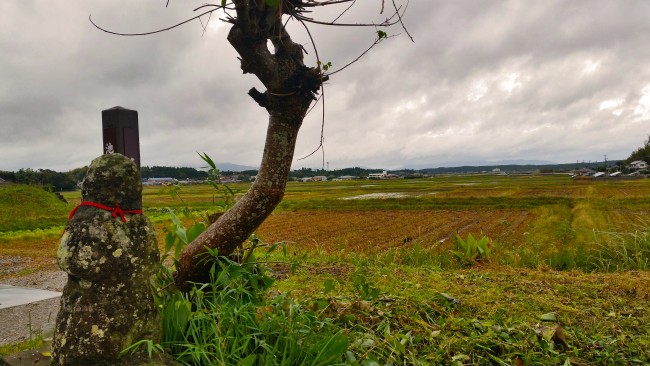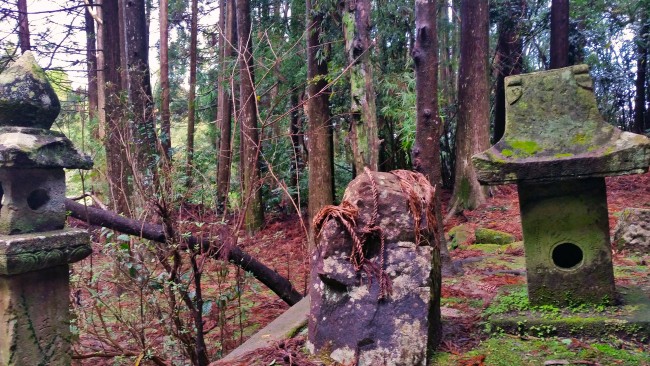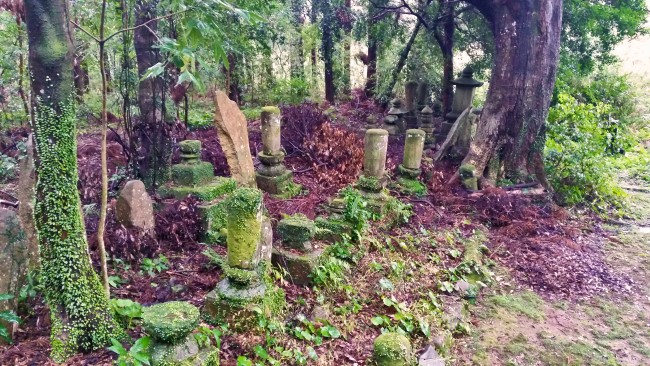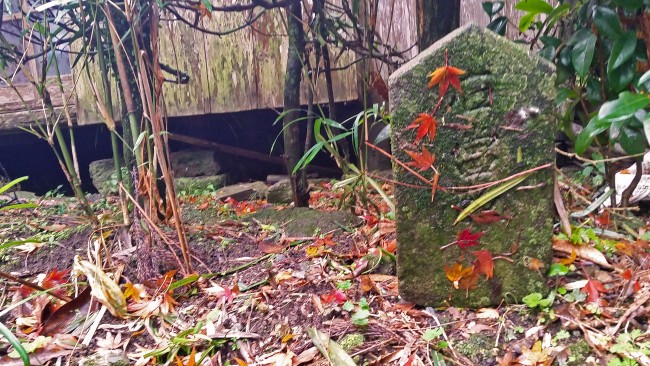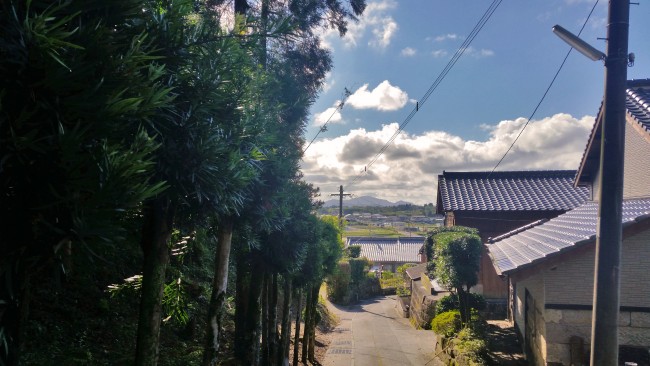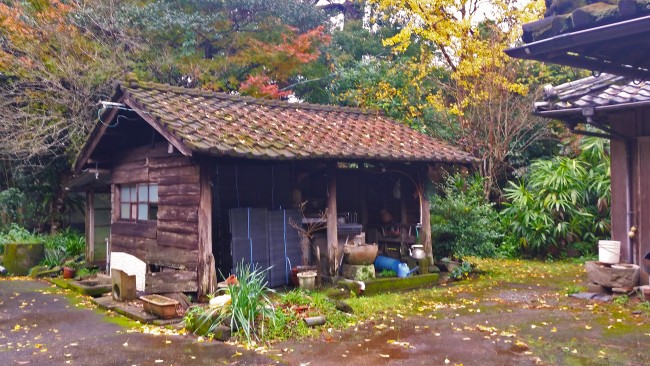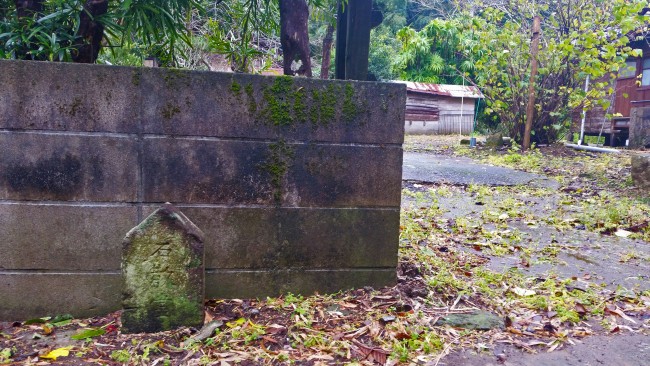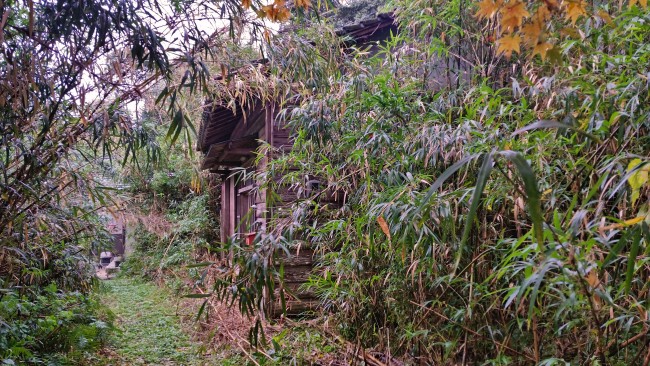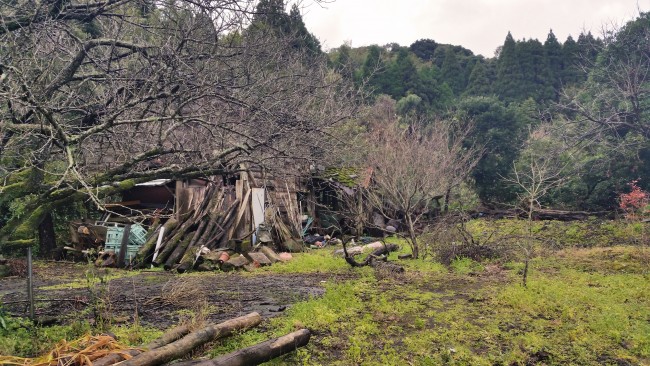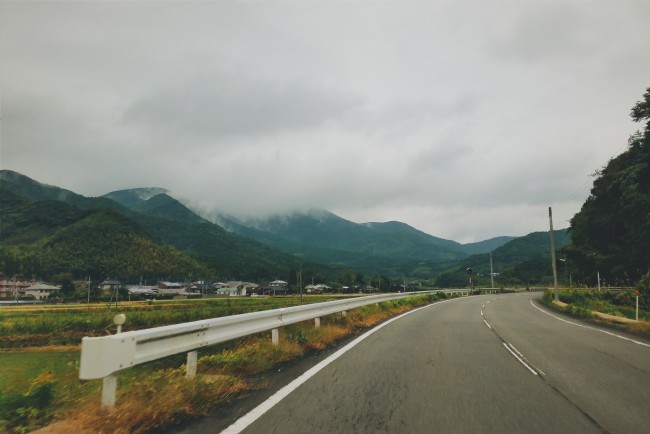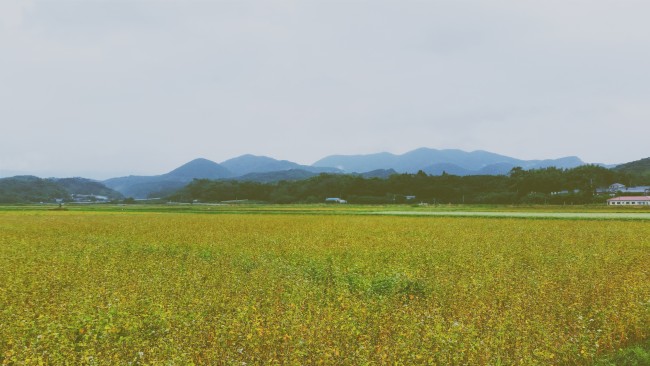Minamisatsuma area is one of my favourite places in Japan to travel to. You would probably ask me “why?” if I could go to such amazing destinations like Kyoto where the history of the old magnificent past breaths loudly in each corner of the city. The reason is quite simple. It is absolutely undiscovered and unknown among not only foreign but also Japanese tourists. It is almost hidden behind its massive, sharp and not easily accessible mountains, behind the ever green dense trees and wild nature which makes it so stunning during each time of the year. And there is one more thing about it.
It holds long forgotten rural traditions, agricultural customs and ancient believes which in some parts of this little village are still celebrated and kept in memory by the elderly who pass it to younger generation before they die. One of those are ” The Rice Gods” called in Kagoshima dialect Tano Kansa or in standard Japanese “Tano Kami”.
As Minamisatsuma landscape is dominated by the presence of green paddy rice fields the agricultural deities and gods appear quite frequently in the folk tales and legends. Tano Kami is believed to watch and look after the harvest of rice plants and at the same time bring a good fortune and rich harvest to the farmers. They are scattered around rice farmland where peasants put stone statues of Tano Kansa either of Buddhist or Shinto type of which their main characteristic is a red mace on the head. There is also another one called a peasant which has a main attribute of holding a pestle.
According to the rural calendar there are some ceremonies related to Tano Kansa and rice planting for the purpose praying for a good harvest and expressing appreciation for Gods’ guardianship and protection from natural disasters. In the taue odori, which can be translated as “rice dancing”, farmers express their gratitude for abundant crops and a hope that the next year will be equally rich.
As I love cycling and outdoor activities, upon one of my frequent journeys to Kagoshima I decided to look for these little but important statues concerning local culture Gods. I thought being close to nature and getting to know more about regional traditions would enrich my experience of living in Japan. And I was not wrong.
I took my own bike, a camera and a digital map with a location of Tano Kansa and scrutinized it thoroughly the day before. You can get a map in the information center with all the locations of shrines and interesting things to visit in Minamisatsuma area.
Minamisatsuma is pleasant and easy to cycle. Local roads are not busy and the village feels quite isolated and serenely quiet. You know there is life going on but the only thing which you can see is nature: light green bamboos, narrow sandy paths leading to hidden and abandoned shrines, never ending rice fields, dense forests and far far away wild mountains. Sometimes you encounter a cluster of human dwellings, mostly old traditional wooden Japanese houses which are so difficult to find in a hectic city environment. And I am already ready to say that exploring all of that can easily make your day.
With the first sight of Tano Kansa you really start wondering how strong is the tradition of old beliefs in a country so technologically advanced and modern like Japan. It also makes you realize that people living in such rural places work really hard to preserve their roots and original culture focusing on a simple lifestyle which goes according to a natural cycle. You are bewildered and astonished. And you definitely want to discover more about the ancient legends. But I can guarantee that one day is not enough.
Useful tips:
There is a well-developed cycling route around Minamisatsuma, for which you can get the map for in the rental bike shops or information center (only in Japanese, though). However, for those who crave for more adventurous trips, I would suggest just going where your intuition leads you. Before that, make your own map of things you want to discover and see. Unfortunately, most of the rental bike shops website are in Japanese only.
In addition, don’t forget to pack a lot of snacks and water plus some sort of rain jacket. Weather in Minamisatsuma changes very quickly and unexpectedly.
Useful links:
http://kaseda-sanpal.com/fclts/rinrin.html
http://www.jrkyushu.co.jp/tabi/rakuchari/index.jsp – This is operated by JR Kyushu, and the bicycle is power-assisted. English version: http://www.jrkyushu.co.jp/english/index.jsp
http://nttbj.itp.ne.jp/0992260430/index.html
In English:
https://www.rental819.com/english/area/shopinfo.php?tenpoid=02608&area=10
https://japanbikerentals.com/kyushu.php
How to get to Minamisatsuma area:
[cft format=0]

